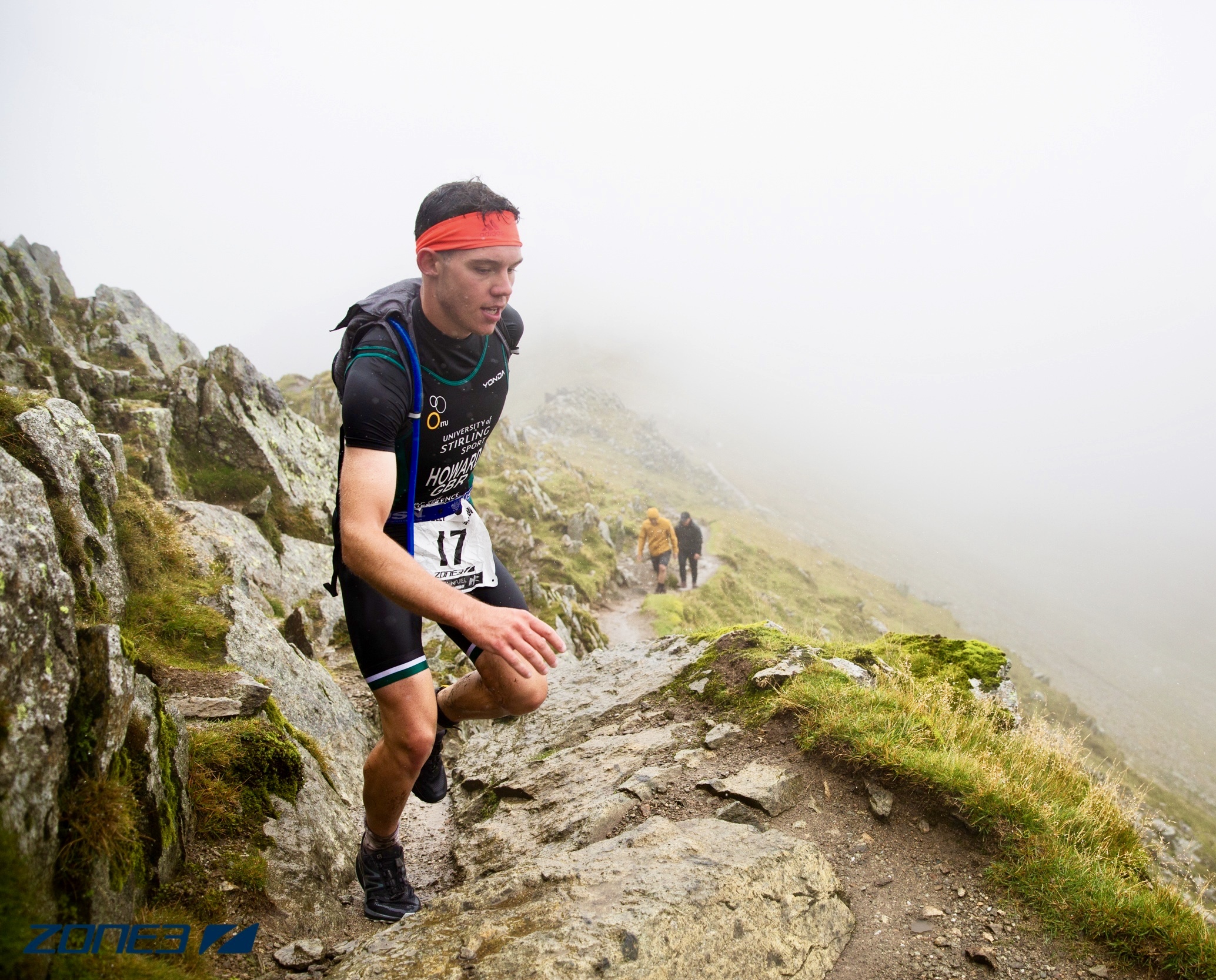Shin Splints: triathlete’s bugbear
In triathlon, most injuries are in the lower limbs and can be attributed to the running discipline. Shin splints is such an injury and can be a triathlete’s bugbear. But what are they exactly?
Shin splints are a type of stress-related injury where you will feel dull ache and tenderness along the front of your lower leg (tibia) limiting your ability to train.
The pain will be particularly worse after running which may not be that surprising given how much impact force you put through your legs on the run. Studies show that when you run the impact force going through your legs is 3 to 4 time your body weight.

Shin splints are a common injury athletes experience due to stress on the connective tissues – muscles, tendons and bone tissue – that surround the shinbone. This stress causes inflammation, which in turn causes pain that radiates up and down the front of the leg.
You may ask how you can tell whether you have shin splints or a stress fracture. Well, with shin splints the ache usually radiates up and down the front of the whole shin whereas a stress fracture is often point-tender at one spot.
Nonetheless, shin splints left untreated can result in stress reaction and progress ultimately to a stress fracture, so while shin splints on their own are not too serious, awareness, treatment and prevention is the key to preventing further complications.

Awareness
Shin splints can occur due to change in running frequency such as increasing the number of days you exercise each week. Changes in duration and intensity, such as running longer distances or hill running.
Other factors that contribute to shin splints include poorly fitting or improper footwear, poor running or sports technique and any weakness, tightness or muscle imbalance.
Treatment
Because shin splints are typically caused by overuse, standard treatment includes several weeks of rest from the activity that caused the pain. Recovery is the number one priority. Sufficient rest will ensure your muscles repair and come back stronger.
Lower impact types of aerobic activity can be substituted during your recovery, such as swimming or using your turbo bike plus adding specific core-body exercises to make the recovery stick and help maintain muscular strength for longer.
Nonsteroidal anti-inflammatory medicines like Ibuprofen may help reduce any pain and application of ice packs to the shin for 15 minutes several time a day will help.

Prevention
Healthy nutrition to help fuel your body.
Allowing your body to recover from strenuous workouts.
Wearing the proper footwear for your sport or activity.
Increase training gradually to allow your body to acclimatise
Stretching and strengthening the right muscles to support your running
Learning proper running technique.
Return to a full programme of exercise.
Shin splints usually resolve with rest and the simple treatments described above. Before returning to a full programme of exercise, you should be pain-free for at least 2 weeks.
Keep in mind that, when you return to exercise, it must be at a lower level of intensity. You should not be exercising as often as you did before, or for the same length of time.
Be sure to warm up and stretch thoroughly before you exercise.
If you start to feel the same pain, stop exercising immediately. Contact your GP about your symptom in order for your leg to be examined to determine whether something else is causing your leg pain.





